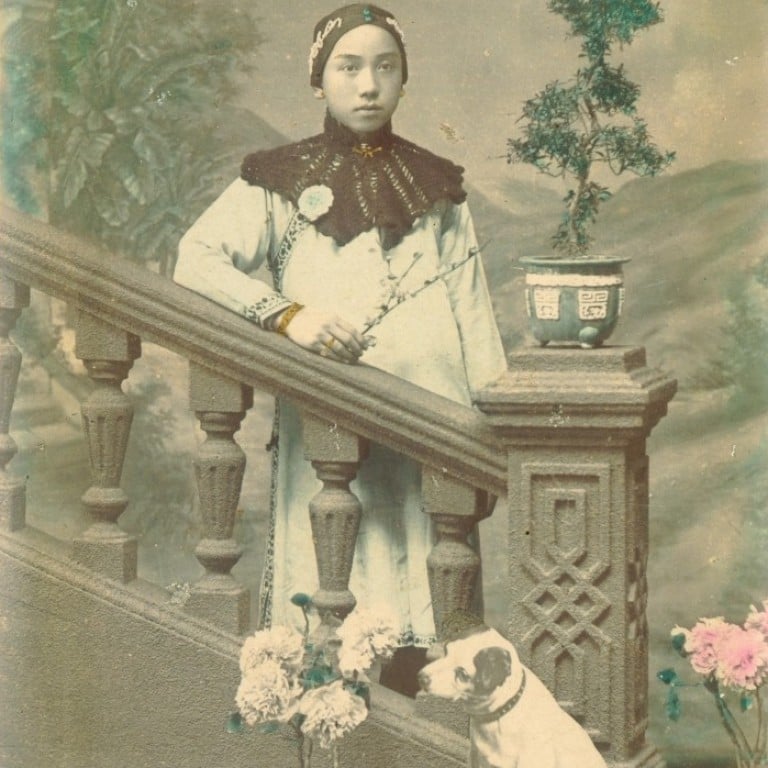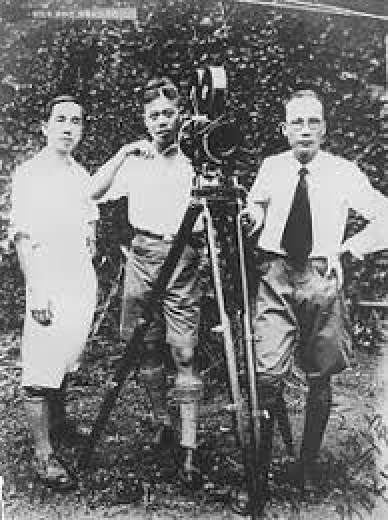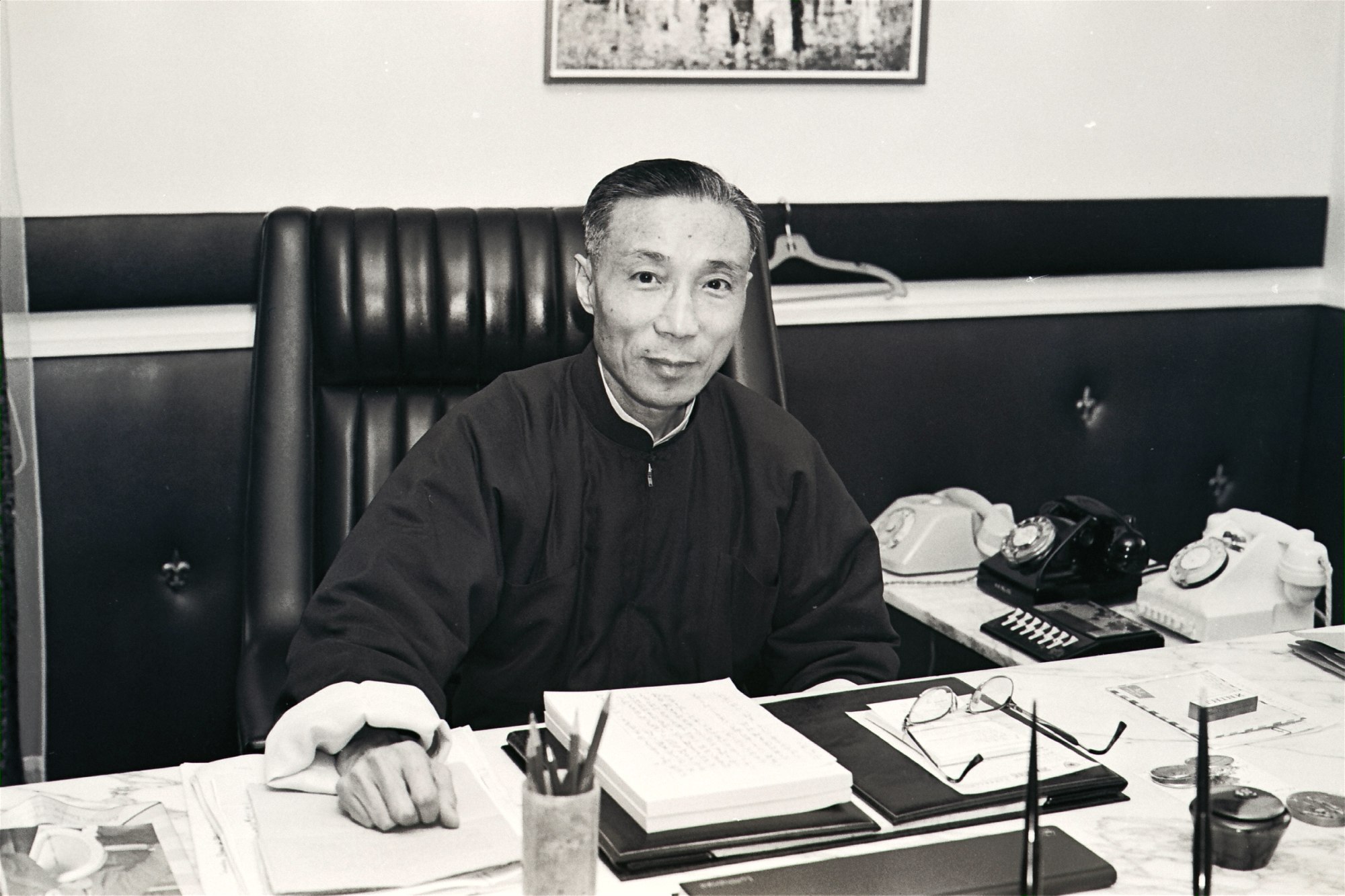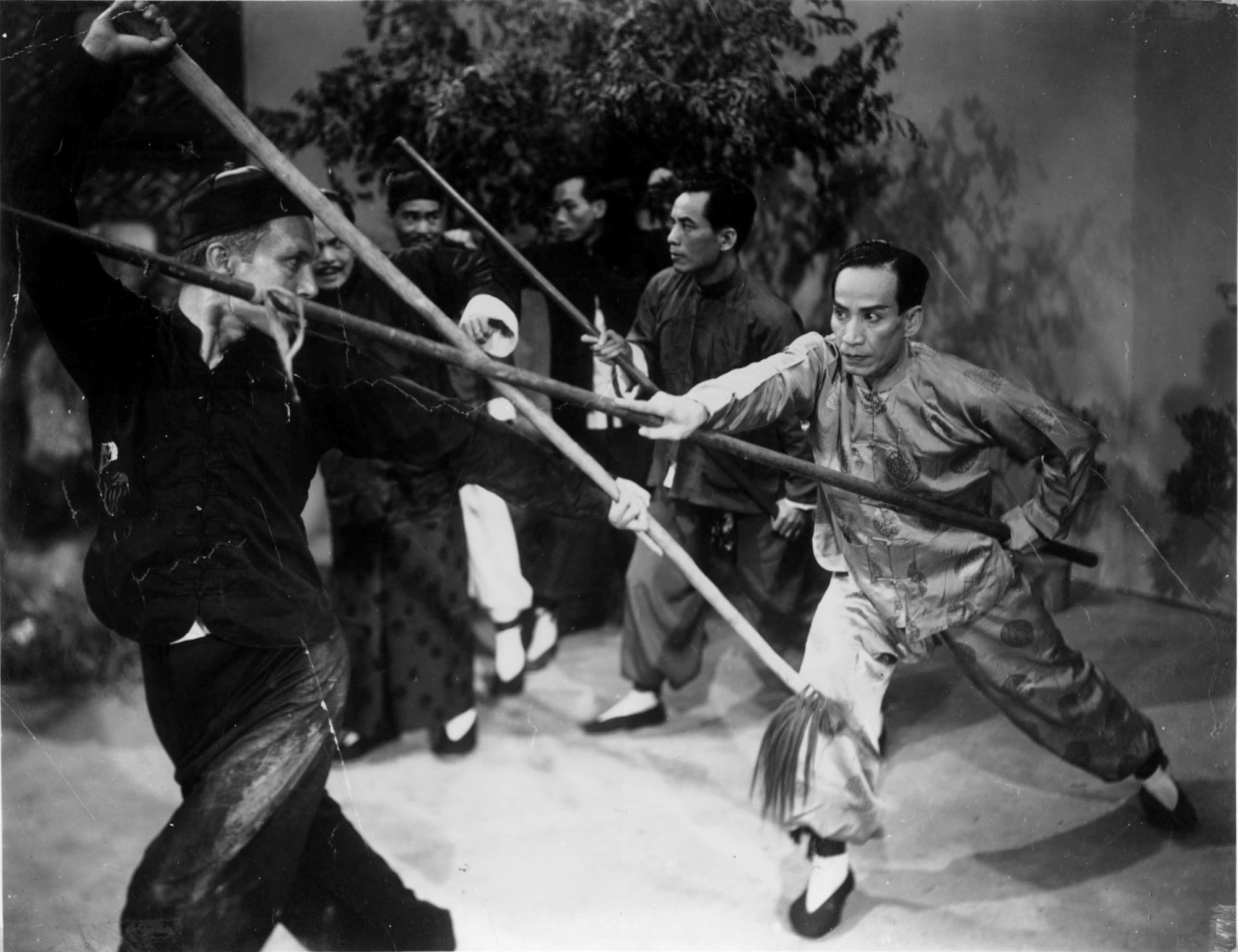
Explainer | The roots of Hong Kong cinema before Bruce Lee, from the first film – shot in 1909 – to the first film studio, and the Shaw brothers’ arrival
- Hong Kong had its first taste of film not long after the rest of the world but its cinematic heritage is lost: no films made before the second world war survive
- The first Chinese film was shot in the city in 1909, talent fleeing Shanghai sparked martial arts filmmaking, and rival studios led a 1950s filmmaking boom
Hong Kong cinema has a long and diverse history that is barely known.
Most people overseas who watch movies from the city know little of its filmmaking before the wuxia boom of the late 1960s and the kung fu explosion of the early 1970s.
Even Hongkongers may not know much about that history, as no films made before the second world war have survived, and written records and news articles about early Hong Kong films are scarce.
But the story of Hong Kong cinema extends right back to the late 19th century, when the “seventh art” itself was still in its infancy.
Thanks to the efforts of film historians such as Law Kar, Frank Bren, and the Post’s former critic Paul Fonoroff, a picture of Hong Kong’s cinematic roots has emerged.
Tony Leung Chiu-wai on that gay sex scene with Leslie Cheung, and more
When did Hongkongers first hear about cinema?
Although Hong Kong was not as big a port as Shanghai at the end of the 19th century, the British colony was still an important destination for those doing business in China. The colony was more than a backwater, and kept up to date with modern trends, and its status as a port allowed a continuous influx of new information.
So cinema came to the colony quite early on – just 16 months after it had been invented in 1895. An American entrepreneur named Maurice Charvet sailed into Hong Kong on the steamship “Peru” in April 1897, bringing with him two “motion picture machines”.

One was a Cinematograph, developed by the Lumière brothers in France, the other a Kinetoscope made by their US competitor, the Edison company. Charvet reportedly showed films in Hong Kong City Hall.
The China Mail reported: “These marvels have never been shown in Hong Kong or the Far East before … but everyone has heard of the astonishing pictures they throw on the screen.”
What was the first Hong Kong film?
The first Chinese film to be made in Hong Kong is thought to have been the silent short Stealing a Roasted Duck, produced by the American Ben Brodsky and directed by Leung Siu-bo in 1909.
Brodsky, an adventurer and entrepreneur, had founded the Asia Films Company in Shanghai, which was then an international city. He made four films, two of them in Hong Kong.

Chuang Tzu Tests His Wife, which Brodsky produced in 1913 or 1914, is often considered to be the first true Hong Kong film, because the production company, the “Chinese-American Film Company”, was registered in Hong Kong rather than Shanghai. It was probably directed by Lai Man-wai, who also played the leading female role, in the tradition of Chinese opera.
Chuang Tzu Tests His Wife was a dark story about eating a human brain that led to a suicide by hanging, and it even used primitive special effects to portray ghosts.
According to Fonoroff, Brodsky returned to the US shortly after the film was completed – it was screened in America, but never in Hong Kong.
How special effects enlivened early Hong Kong martial arts films
The film’s director/actor Lai Man-wai, who came from a family of wealthy rice importers, and his brother Lai Buk-hoi went on to establish Hong Kong’s first movie studio, China Sun, and Lai Man-wai became known as the “father of Hong Kong cinema”.
The Shaw Brothers come to Hong Kong in the 1930s
Shaw Brothers, Hong Kong’s top studio until the arrival of competitor Golden Harvest in the 1970s, was founded in 1957.

But the Shaw brothers themselves were active in Hong Kong, via their Tianyi film company, as far back as the 1930s. The brothers had started making films in Shanghai in the early 1920s, and then relocated to Singapore in 1926.
Tianyi’s production White Gold Dragon was the first Cantonese film with sound, and was a big hit in Hong Kong. So Tianyi became interested in the colony and built a film studio in Kowloon, becoming a major production house in the 1930s.
Filmmakers flee China for Hong Kong in the 1930s and ’40s
Successive waves of filmmakers moved from Shanghai – the home of filmmaking in mainland China – to Hong Kong in the 1930s and ’40s. The influx brought talented performers, and a wealth of skilled technicians to the local film business.
In 1931, the Nationalist government banned the production of martial arts films, as it thought that violent movies had a negative effect on society. As a result, martial arts movie talent moved from Shanghai to Hong Kong. Many small martial arts film production houses opened, laying the foundations for Hong Kong’s future prowess in action cinema.
Hong Kong martial arts cinema – everything you need to know
The tumultuous political events in mainland China led to a further exodus of filmmakers, and the civil war and the Japanese invasion of China in 1937 spurred more filmmakers to leave Shanghai for the relative safety of Hong Kong.
When the Japanese invaded Hong Kong in 1941, filmmaking stopped completely. The Japanese also melted down celluloid films to get the silver they contained, which is why no pre-war Hong Kong films exist.
After the defeat of the Japanese, even more filmmakers arrived in Hong Kong from the mainland, either fearing the Communists or, as in the case of the “Left Wing” filmmakers, the retreating Nationalists.
The 1950s were a good time for Hong Kong cinema
Cantonese filmmaking boomed in the 1940s and 1950s. Cantonese opera films, which were cheap to make – they were essentially just filmed stage performances – were popular, as were romances with a folksy focus, comic farces, and melodramas.


All change in the 1960s
Films shot in Cantonese tussled with Mandarin-medium films at the box office in the early 1960s – Mandarin films were deemed higher quality, but Hongkongers preferred films in Cantonese. Mandarin films finally won out when Shaw switched to using Mandarin in the mid-1960s, and focused on producing modernised martial arts films.
King Hu, Chang Cheh, Bruce Lee, Jackie Chan: a martial arts cinema history
In this regular feature series on the best of Hong Kong cinema, we examine the legacy of classic films, re-evaluate the careers of its greatest stars, and revisit some of the lesser-known aspects of the beloved industry.
